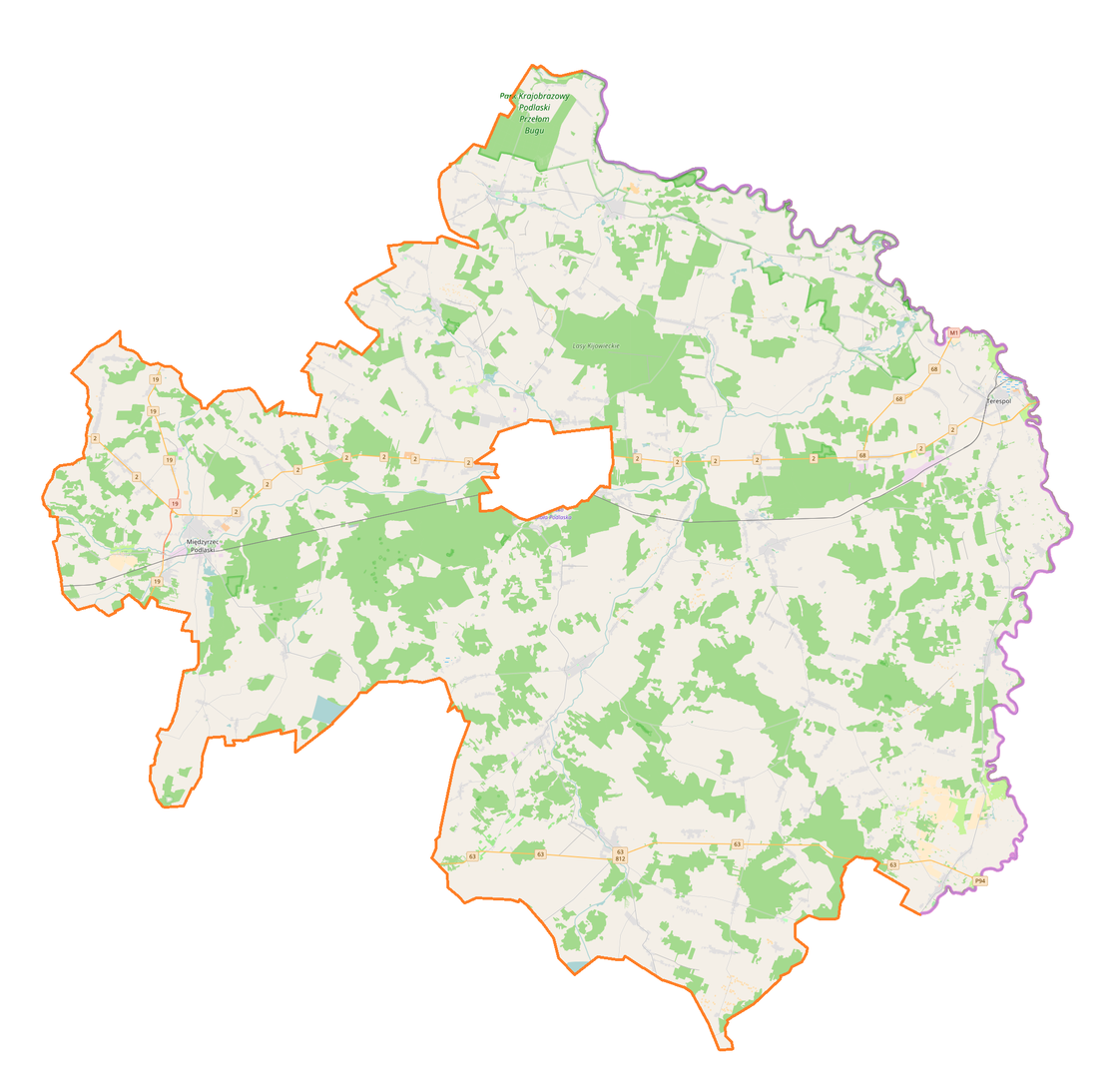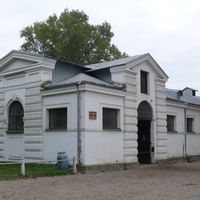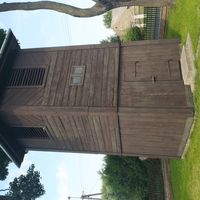Biała County
8.44

Overview
Biała Podlaska County, established in 1999 and part of the Lublin Voivodeship, is the largest county in the region, covering 11% of its area. The county seat is Biała Podlaska, and its territory is characterized by a rich history and diverse architectural monuments. The county includes numerous rural communes and towns such as Międzyrzec Podlaski and Terespol. The region also stands out for its immense natural wealth—within its borders, there are 282 natural monuments and four nature reserves, including the Podlaski Przełom Bugu Landscape Park. The eastern border of the county is marked by the Bug River, which separates Poland from Belarus, while the Krzna River divides the area into western and eastern European parts, contributing to the unique climate of this temperate transitional region. The history of Biała Podlaska County dates back to the Piast dynasty era, when these lands witnessed numerous conflicts between Poland, Lithuania, and Rus. The dominance of Poles in this area was confirmed by records from the 10th and 11th centuries. At the turn of the 14th and 15th centuries, Biała Podlaska County became part of the Duchy of Brzeg within the Grand Duchy of Lithuania. The Union of Lublin in 1569 divided the territories between the Crown and Lithuania, which over time influenced the development of local administration. The period of partitions was marked by national liberation struggles, and the county experienced significant destruction due to conflicts and occupation. After World War II and administrative changes, the county was briefly abolished in 1975, only to be restored in 1999. Today, Biała Podlaska County is a culturally diverse region, with a heritage of architectural monuments such as churches, palaces, and other religious buildings that testify to its rich history and traditions, including strong Jewish and Ruthenian influences. The natural aspects of the county are also noteworthy, such as the ornithological richness of its rivers and ponds, which provide nesting grounds for rare bird species, as well as unique landscape formations. Architecturally, Biała Podlaska County blends traditional and contemporary styles, attracting tourists and history researchers alike. This region preserves the memory of bygone eras, and its residents cherish local traditions and customs, making it an interesting place both to live and to explore.
Location
State
Lublin Voivodeship
Country
You can also find here:

Church of the Transfiguration of the Lord in Horbów
7.88
Biała Podlaska - North Deanery

Janów Podlaski Stud
7.7

Piszczak
7.47
Biała Podlaska - North Deanery

St. Anne's Parish in Biała Podlaska
7.17
Biała Podlaska - South Deanery

Lomazy
7.07
Biała Podlaska - North Deanery

St. Michael the Archangel Church in Witulin
7.07
Biała Podlaska - North Deanery

White Podlaska
7.01
Łosice Deanery

Terespol
6.96

Międzyrzec Podlaski
6.96
Łosice Deanery

Tuczna
6.9
Biała Podlaska - South Deanery
2025 Wizytor | All Rights Reserved